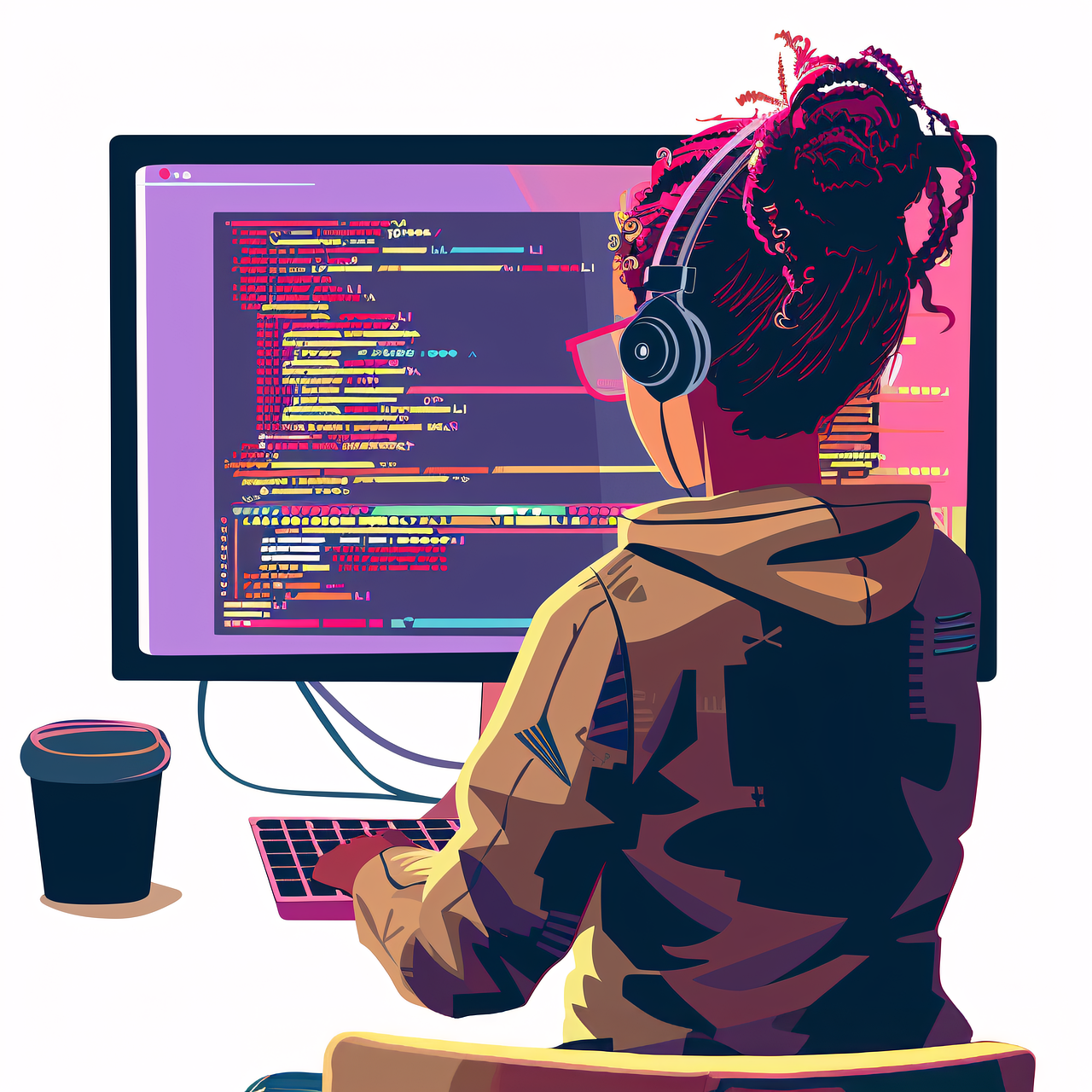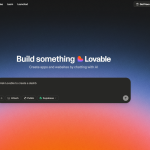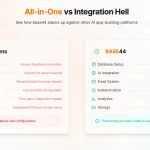The Future of Programming: How Vibe Coding Will Transform Software Development by 2030
Last updated: July 2025 | Reading time: 8 minutes
The programming landscape is evolving rapidly, and a revolutionary approach called “vibe coding” is set to transform how developers write software. By 2030, this intuitive, flow-based programming methodology will make coding more accessible, creative, and emotionally intelligent than ever before.
What Is Vibe Coding? Understanding the Programming Revolution
Vibe coding represents a paradigm shift in software development that prioritizes developer experience, emotional flow, and intuitive programming environments. Unlike traditional coding approaches that focus solely on functionality, vibe coding creates a seamless, enjoyable development experience where programmers work in a state of optimal flow.
Key characteristics of vibe coding include:
- Personalized development environments that adapt to individual preferences
- Intuitive interfaces that feel natural and aesthetically pleasing
- AI-powered assistance that understands developer style and mood
- Collaborative spaces that enhance team creativity and engagement
Why Vibe Coding Matters: The Benefits for Developers and Businesses
Enhanced Developer Productivity
When developers work in environments that match their personal style and mental state, productivity increases significantly. Vibe coding eliminates friction points that traditionally slow down the development process.
Improved Code Quality
By focusing on the emotional and experiential aspects of coding, developers produce more thoughtful, well-structured code that’s easier to maintain and understand.
Greater Accessibility
Vibe coding lowers barriers to entry, making programming more accessible to diverse groups, including artists, designers, and non-technical creators.
5 Key Trends Shaping Vibe Coding Through 2030
1. AI-Powered Creative Coding Partners
The Evolution of Coding Assistants
By 2030, AI coding assistants will go far beyond basic autocompletion. These intelligent partners will:
- Understand individual coding styles and preferences
- Suggest personalized code snippets and architectural patterns
- Recommend aesthetic choices like color schemes and layouts
- Provide real-time feedback that adapts to context and mood
Real-World Applications:
- An AI might suggest lightweight, functional code for minimalist developers
- Bold, modular patterns for experimental programmers
- Context-aware suggestions that maintain creative flow
2. Immersive Visual Programming Interfaces
Beyond Traditional IDEs
The static, text-based IDE is giving way to dynamic, visual programming environments:
2D and 3D Coding Environments:
- Interactive code visualization as visual elements
- Drag-and-drop function workflows
- Data flows are represented as glowing streams
- Customizable aesthetics from cyberpunk to nature-inspired themes
Augmented Reality Integration:
- AR glasses for mixed-reality coding experiences
- Manipulating code in 3D space
- Programming that feels like digital sculpting
3. Voice and Natural Language Programming
Conversational Code Creation
Voice-driven coding will revolutionize how developers interact with their tools:
Key Features:
- High-level logic dictation (“build a login page with OAuth”)
- Conversational code refinement through natural language
- Reduced typing dependency for faster development
- Improved accessibility for developers with physical limitations
Expected Timeline: Full voice integration with AI assistants by 2030
4. Collaborative Vibe Spaces: The Future of Team Development
Virtual Development Environments
Remote collaboration will become more engaging through:
Shared Vibe Rooms:
- Cloud-based customized digital workspaces
- Synchronized aesthetics, music, and lighting
- Themed environments (retro arcade, minimalist, etc.)
- Commit animations tied to sound effects and visuals
Benefits for Teams:
- Enhanced creative collaboration
- Stronger team bonding in remote settings
- Personalized yet unified development experiences
5. Emotionally Intelligent Development Tools
Adaptive Programming Environments
Future coding tools will incorporate emotional intelligence:
Mood Detection Capabilities:
- Typing speed and cursor hesitation analysis
- Frustration detection with simplified interfaces
- Flow state amplification with enhanced visuals
- Burnout prevention through break suggestions
Contextual Adaptations:
- Interface simplification during challenging problems
- Vibrant visuals during high-energy coding sessions
- Productivity optimization based on emotional state
The Aesthetic Revolution: When Code Becomes Art
Visual Harmony in Programming
Vibe coding emphasizes both functionality and the aesthetic experience of code:
New Quality Metrics:
- Code clarity scores
- Visual harmony assessments
- Aesthetic elegance ratings alongside performance metrics
Community-Driven Aesthetics:
- Shared “vibe templates” for different moods
- Pre-styled codebases and UI kits
- Coding as an aesthetic expression platform
Popular Vibe Themes:
- Calm minimalism for focused development
- Bold chaos for creative experimentation
- Retro aesthetics for nostalgic coding sessions
Challenges and Considerations for Vibe Coding Adoption
Potential Drawbacks
Over-Dependence on AI:
- Risk of skill gaps in fundamental programming concepts
- Reduced understanding of algorithms and system design
- Need for balanced AI assistance and manual coding
Accessibility Concerns:
- Ensuring advanced tools remain affordable
- Inclusive design for diverse developer communities
- Preventing technology barriers from emerging
Balancing Creativity and Discipline:
- Maintaining code quality standards
- Preventing vibe coding from becoming a distraction
- Preserving software engineering best practices
Industries and Use Cases for Vibe Coding
Web Development
- Interactive UI/UX design with real-time visual feedback
- Responsive design through intuitive drag-and-drop interfaces
Game Development
- Immersive 3D coding environments for game logic
- Visual scripting with aesthetic customization
Data Science
- Visual data flow programming
- Aesthetic dashboard creation tools
Mobile App Development
- Touch-based coding interfaces
- Voice-driven mobile development workflows
Preparing for the Vibe Coding Future
For Individual Developers
- Experiment with visual programming tools
- Explore AI-powered coding assistants
- Develop personal aesthetic preferences for development environments
For Development Teams
- Investigate collaborative coding platforms
- Consider team vibe preferences and workflows
- Plan for remote collaboration tool integration
For Organizations
- Assess the current development tool stack
- Budget for next-generation development environments
- Train teams on emerging programming paradigms
Timeline: Vibe Coding Milestones to 2030
2025-2026: Enhanced AI coding assistants with style recognition 2027-2028: Mainstream adoption of visual programming interfaces 2029-2030: Full integration of voice, AR, and emotional intelligence in development tools
Conclusion: Embracing the Human Side of Programming
Vibe coding represents more than just a technological advancement—it’s a fundamental shift toward making programming more human, creative, and accessible. By 2030, developers will work in environments that understand their emotions, adapt to their preferences, and enhance their natural creative flow.
This transformation will invite a broader range of creators into software development, fostering innovation and diversity in the tech industry. The next five years will redefine coding from a purely technical task to a deeply human, creative act.
Ready to discover your coding vibe? The future of programming is personal, intuitive, and just around the corner.
Want to stay updated on the latest programming trends and vibe coding developments? Subscribe to our newsletter for weekly insights into the future of software development.
Frequently Asked Questions
Q: What programming languages support Vibe coding? A: Vibe coding is more about development environment and methodology than specific languages. However, visual and functional languages like Python, JavaScript, and Rust are leading the way.
Q: When will vibe coding tools be available? A: Early vibe coding tools are already emerging, with full implementation expected by 2030. Many AI-powered coding assistants available today represent the first generation of vibe coding tools.
Q: Will vibe coding replace traditional programming? A: Vibe coding will complement rather than replace traditional programming, offering enhanced developer experience while maintaining core programming principles.
Q: How much will vibe coding tools cost? A: Pricing will vary, but the industry is moving toward accessible, subscription-based models to ensure widespread adoption across different developer communities.


